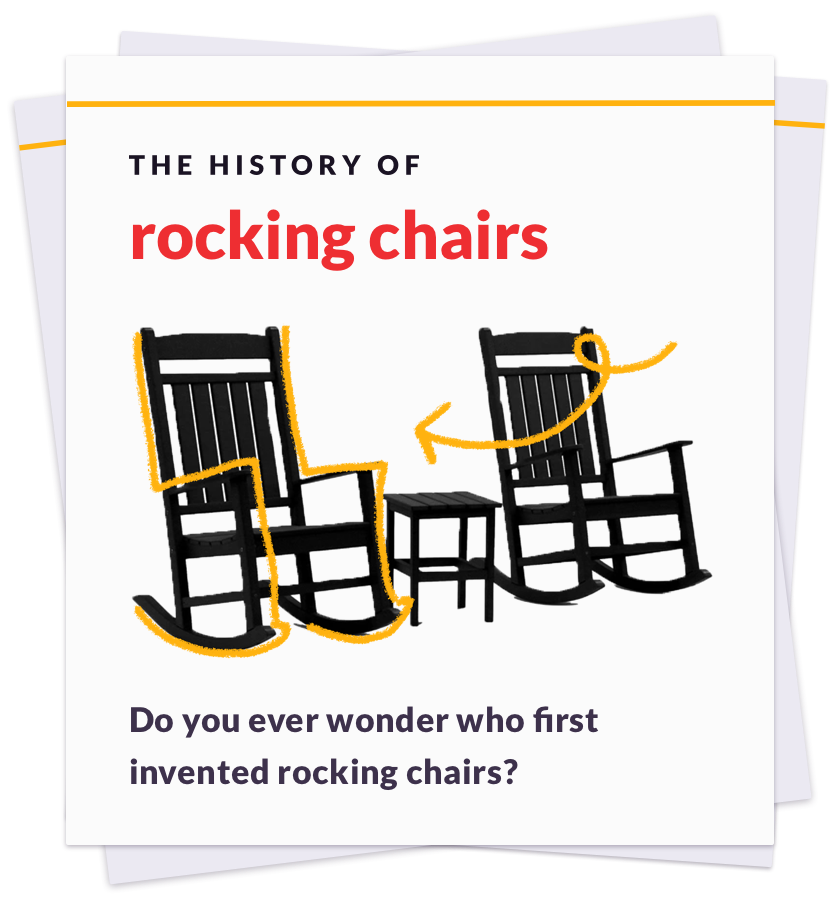Scantron is a form of Optical Mark Recognition technology, the origins of which can be traced back to devices created to help the blind in the early 1800s. Optical Mark Recognition, or OMR, involves a scanner beaming light through a thin sheet of paper and noting where the dark marks appear. The first true OMR systems were created in the 1930s, but they didn’t become popular until Scantron, the widespread test-scoring system, was invented in 1972 by engineer Michael Sokolski, who had previously worked at 3M. Sokolski created a patented OMR system and proprietary test sheets to go with it. The scoring machines were relatively inexpensive, making it possible for schools, universities, and other educational entities to purchase them. The company maintained its hold on the market by selling reams of the “bubble sheets” that students would use to answer questions; an educator would then feed the answer sheets through a Scantron OMR machine to quickly score the tests. Sokolski founded Scantron as a company in Los Angeles shortly after inventing the technology and partnered with William E. Sanders, who served as the first CEO, while Sokolski served as Executive Vice President of Engineering. Scantron quickly became a staple in the education sector, particularly for standardized testing. Although computer-based tests have become more widespread, pencil-based Scantron tests are still used today.

Your go-to guide for weird history facts
Subscribe to the FREE daily email that makes learning about history fun.


